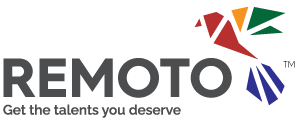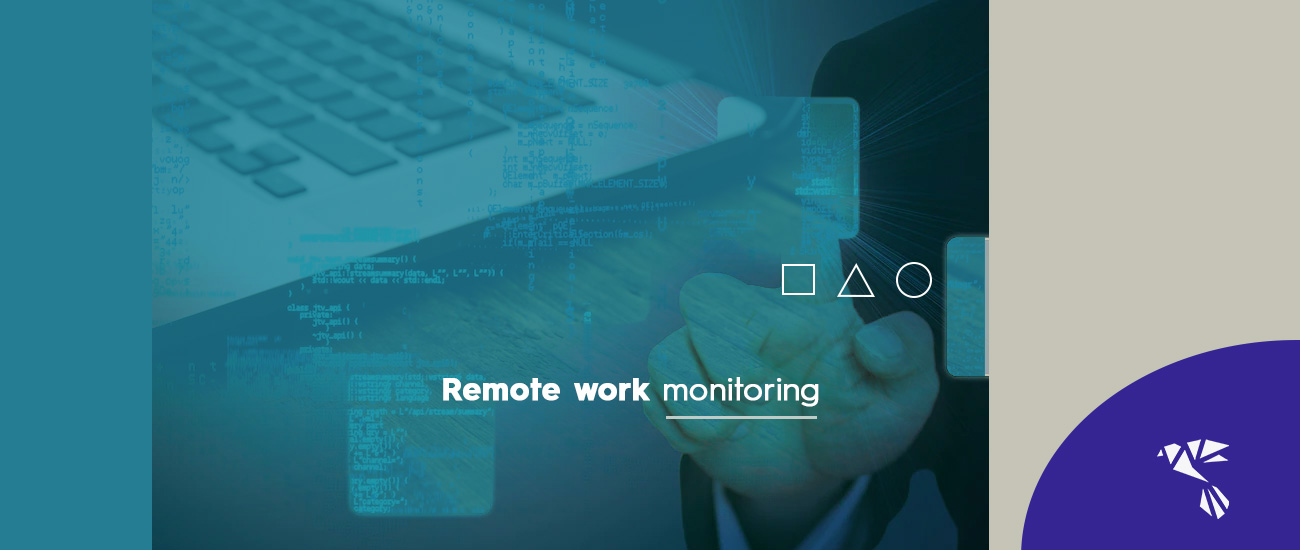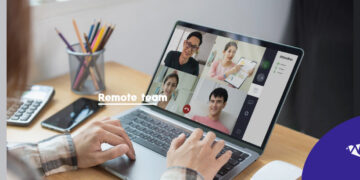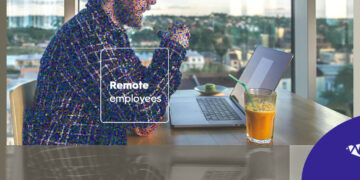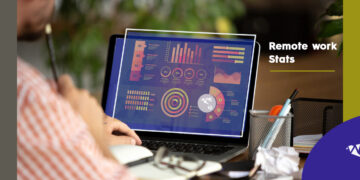In an age where many employees are working remotely, it’s more important than ever to have a system to ensure they’re staying productive. As a result, many businesses are turning to remote work monitoring software to keep track of their employees’ progress.
However, is this the right solution for your business? In this guide, we’ll discuss the benefits of remote work monitoring and how to implement it in a way that is best suited for your company.
Remote Working Monitoring: The Benefits and How to Implement It
As more and more employees work remotely, companies are looking for ways to ensure that employees are productive and that company data is secure. One way companies are doing this is remote work monitoring.
Remote work monitoring refers to the use of technology to track employees’ activities when working outside the office or from home. It entails using checklists, technological solutions, and platforms to keep track of activities and communicate with people.
For many businesses today, remote working monitoring is undoubtedly essential to analyze employees’ performance and ensure productivity and data. However, some employees may view this type of monitoring as an invasion of privacy.
As a result, it is essential for companies to clearly communicate their remote work policies to employees before implementing any monitoring measures.
Despite privacy issues, remote working monitoring can benefit business owners, HR specialists, and employees. Here is a list of benefits of surveilling remote workers:
Accountability
Remote work monitoring improves accountability among workers. According to Warner Tanner, “Accountability in the workplace is something every manager wants to have because it’s known to have a clear link to a higher performance.”
Experts affirm that when employees are more accountable, they may be more competent and have a more substantial commitment to their work. They may also have higher morale and be more satisfied with their jobs.
Increased productivity
Moreover, remote work monitoring increases productivity since it allows employees to become more self-driven and disciplined.
Monitoring workloads and promoting well-being
Remote working monitoring allows you to monitor the correct distribution of workloads among employees to avoid burnout and promote well-being in the workplace.
In this video, you can learn more about what remote work monitoring entails.
How to Use Technology for Remote Work Monitoring
You can use technology for developing remote working initiatives in the workplace. For instance, you can utilize applications and software to surveil your employees’ undertaking tasks, communicate with them, and ask for self-reporting and supervision.
Here is a list of how you can use technology for remote work monitoring:
Use time tracking software
You can use time tracking software to control the number of hours your remote employees are working. Jibble is a web time tracking system that allows you to get advance reports of your employees’ performance to gain insights into costing and productivity.
Use project management software
Project management software can be used for project planning, scheduling, and resource allocation among your outsourced remote workforce. In addition, you can utilize this type of software to communicate with employees and implement change management initiatives.
For instance, Trello is a project management software that offers you numerous solutions for remote work monitoring, including time tracking.
Communication applications
Communication is essential in any company that manages remote workers. You can use communication platforms that allow you to have video calls or chats with your employees.
Slack offers you this proven solution in companies, mainly for project management and recruiting.
Ask for self-reporting and supervision
You can ask your remote employees for self-reporting and supervision daily, weekly, and monthly. For example, you can request outputs per day and week or ask for a self-evaluation of your outsourced remote workers.
The Risk of Burnout: How Remote Work Monitoring and Well-being
Remote work monitoring entails a risk: micromanagement, overworking, and burnout. It’s highly advisable to develop flexible monitoring that allows employees to have a balanced life.
Likewise, you can use communication tools to check your employees, asking how they’re going and how they feel in your company. Additionally, you can develop remote work monitoring to boost the morale among your employees, help them develop complex tasks, and establish sources of inefficiency.
Currently, remote work monitoring is significant to promote business productivity, manage workloads among employees, prevent overworking and burnout, and foster company well-being initiatives. We suggest you take advantage of technology to achieve these goals.
